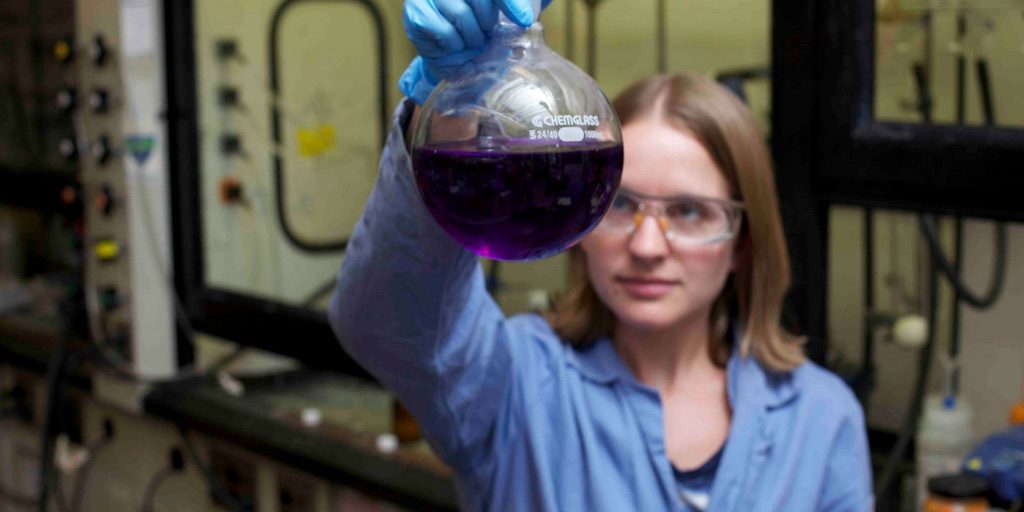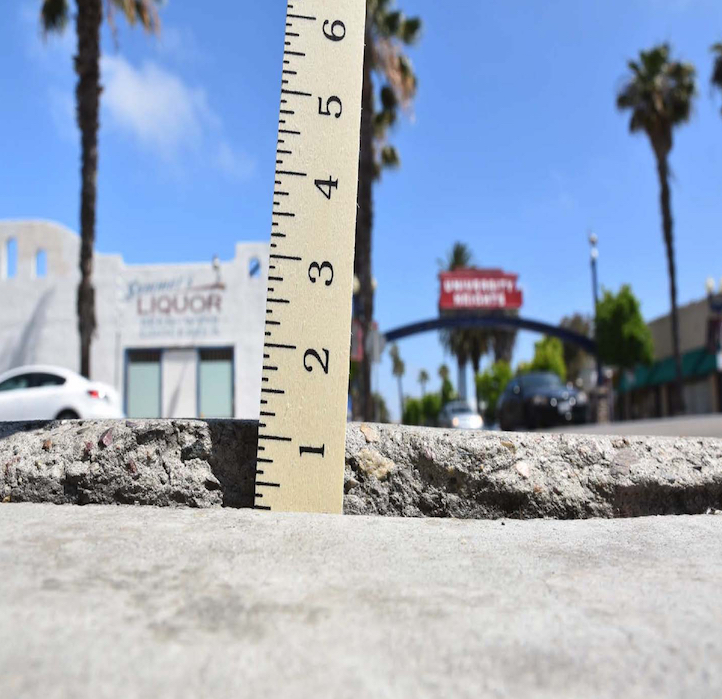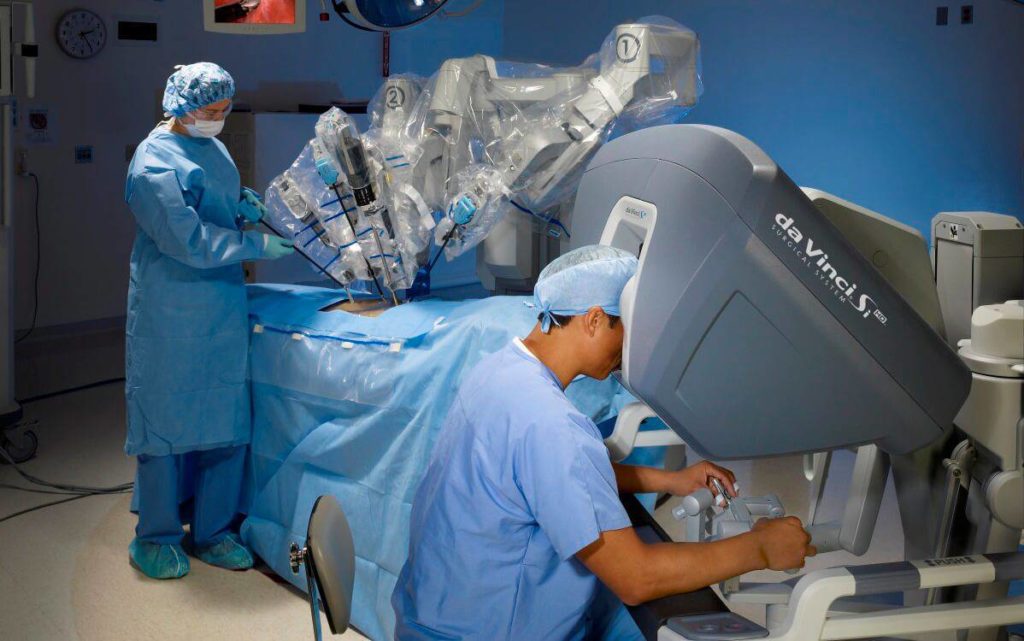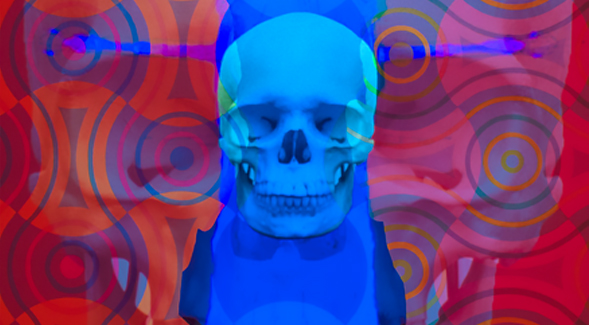Daily Business Report-March 22, 2018
The International Space Station (Credit: NASA)
SDSU Engineer’s Experiments will be
Aboard Upcoming SpaceX Launch

Randall German is sending experiments to the International Space Station to improve fabrication techniques in space. If humans are ever to colonize — or even just spend significant periods of time on — the moon or Mars, they’re going to need habitats, tools and other physical resources to keep them alive in the harshness of life away from our home planet. It would be impractical, cumbersome and wildly expensive to bring all the materials to build these resources from earth, so researchers are tinkering with ways to fabricate tools and building supplies from the raw minerals available on extraterrestrial terrain.
Randall German, professor emeritus of mechanical engineering at San Diego State University, provided some insight into how space pioneers might accomplish that in a NASA teleconference earlier this week. The conference brought together a handful of scientists who are sending experimental materials to the International Space Station aboard SpaceX’s reusable Dragon spacecraft on a resupply mission scheduled to launch in April.

German is the principal investigator for the Gravitational Effects on Distortion in Sintering experiment. Sintering is a manufacturing process that turns a powdered substance into a solid mass—a process called densification—using heat and pressure. When you fire ceramics in a kiln, for example, that’s sintering. It’s also used to convert metallic powders into solid metal, a process frequently used in toolmaking. SDSU’s researchers are among the world leaders in cutting-edge sintering research.
On earth, gravity distorts materials during the sintering process, forcing manufacturers to account for that distortion in their initial setup so the final sintered product comes out as planned. Microgravity environments, like those found on the moon and Mars, also cause distortions during sintering, but these are less understood.
To get a better understanding of how gravitational conditions in space affect the sintering process, German is sending up cartridges filled with various configurations of tungsten alloys that astronauts will place into a furnace aboard the ISS. After these alloys have undergone the sintering process in space, they’ll be sent back to earth on a later mission and returned to German so he can analyze the effects of microgravity.
He hopes to one day develop computer models that can predict how to shape an initial material so that when it’s sintered in microgravity, it comes out in the desired shape. In the future, that could allow human astronauts or robots to fashion their own materials for in-space repairs or to create building materials.
“The idea is to send a vehicle in advance to start harvesting soils, mix the right composition and use heat to build bricks,” German said during the teleconference. “That will eventually [lead to] the fabrication of habitats on the moon or Mars.”
_____________________

Graduate Program at The Scripps Research
Institute Earns Another Top 10 Ranking
The Skaggs Graduate School of Chemical and Biological Sciences at The Scripps Research Institute is ranked among the top ten in the nation according to a recent survey by U.S. News & World Report. This is the 19th year in a row that the program has earned top ten honors.
The Institute’s Chemistry program ranks 6th in the nation and the Biological Sciences program ranks 10th, according to the survey, which was released March 20. For specialties within Chemistry, the graduate program tied for 2nd in Biochemistry (with Harvard) and earned a 5th place ranking in Organic Chemistry.
“These high rankings reflect an adherence to excellence by Scripps faculty, who originally conceived and developed the program, as well as the stellar students who join us here at the Institute as we explore the frontiers of science,” says Phil Dawson, dean of Graduate and Postdoctoral Studies at the Institute.
_____________________

City of San Diego Awards Plaintiff $1 Million
After Fall on Poorly Maintained Pedestrian Crosswalk
Plaintiffs’ law firm CaseyGerry has reached a $1 million settlement with the city of San Diego on behalf of a pedestrian who was seriously injured after tripping over a raised concrete edge in a poorly maintained crosswalk in San Diego’s University Heights neighborhood. The case, filed in San Diego Superior Court, was settled in mediation.
According to CaseyGerry partner Robert J. Francavilla – who worked with CaseyGerry attorney Adam Levine on the case – the fall occurred despite numerous prior trip and fall incidents at the site and citizen complaints to the city about the trip hazard.
“Unfortunately, someone had to suffer debilitating and permanent injuries for the city to take this hazard seriously,” Francavilla said. “And while we are pleased we obtained what may be the highest settlement in history for a pedestrian who was injured due to the dangerous condition of a city of San Diego crosswalk, we hope that the city takes its responsibility to protect public safety more seriously by better maintaining pedestrian walkways going forward.”
_____________________
San Diego Gas & Electric Donates
Drone Technology to Miramar College
San Diego Gas & Electric Co. has donated six top-of-the-line drones to Miramar College — valued at $18,514 — for use in the college’s two Remote Pilot Flight Lab sections.
“This donation of commercial quality drones from SDG&E will enhance the level of instruction we can now offer our students,” said Max Moore, assistant professor for aviation operations at San Diego Miramar College. “We can’t thank SDG&E enough for supporting our college and the community with this donation.”
The college took possession of six DJI drones on Feb. 23: three DJI Inspire Pros with camera and remote; two DJI Inspires with camera and remote; and one S-1000 drone. These drones will be used by Miramar College aviation students to complete their end of the year group projects.
SDG&E currently has 15 drones in its commercial fleet which resides at Gillespie Field in El Cajon. “Rarely do we get to donate products to the community, so this is awesome,” said Christine Asaro, project adviser for business solutions and training at SDG&E. “These drones served our fleet well, and as we invest in newer drone technology we are excited to allow for the seasoned drones to be used to instruct the operators of tomorrow.”
For the spring 2018 semester, Miramar College is offering two sections of Remote Pilot Ground School and two sections of Remote Pilot Flight Lab designed to prepare students to become licensed FAA drone operators. The Remote Pilot Ground School course is 3 units while the Remote Pilot Lab is a 1-unit course.
_____________________
CDC Small Business Finance Named
Microlender of the Year by the SBA
CDC Small Business Finance in San Diego has been named the Jody C. Raskind Microlender of the Year by the U.S. Small Business Administration. Kurt Chilcott is president and CEO of the agency. Awardees have been invited to Washington, D.C. to participate in events and ceremonies on April 29-30. All local award winners will be recognized on May 3, 2018, from 11:30 a.m. to 2 p.m., at the SBA/SBDC Small Business Awards Luncheon at the San Diego Marriott, 4240 La Jolla Village Drive, La Jolla.
_____________________

Scripps Encinitas Launches
Robotic Surgery Services
Scripps Health has expanded its Minimally Invasive Robotic Surgery Program ton Scripps Memorial Hospital Encinitas, bringing the advances of the da Vinci Surgical System to the North County campus.
The first surgery using the technology at Scripps Encinitas was performed recently on a patient who needed a gynecologic oncology procedure.
“This really is science fiction come to life,” said Adam Fierer, M.D., who is the program’s clinical leader at Scripps Encinitas. “This technology takes us into an entirely new realm of the future of surgery, and it has long-term potential to improve our already high level of surgical quality.”
Robotic surgery offers a minimally invasive alternative to open surgery and improves the patient experience by reducing blood loss, lowering pain, accelerating recovery times and limiting complications. The system also can help to reduce many of the costs associated with open surgery procedures.
_____________________
SANDAG Rail Projects Awarded $18.9 Million
from the California Transportation Commission
The California Transportation Commission awarded $18.9 million to SANDAG for several projects as part of the first round of funding under Senate Bill 1, a major state transportation funding program.
The projects are:
- $10.72 million for the Batiquitos Lagoon Double Track Project
- $3.5 million for the San Dieguito Double Track Project
- $2 million for the North Oceanside Double Track Project
- $1.72 million for the Sorrento to Miramar: Phase 2 Project
- $1 million for a signal respacing and optimization project
The improvements will help to replace aging rail bridges and add several miles of second mainline rail track along the LOSSAN corridor.
_____________________

Surrealism Exhibition Transforms
SDSU’s Downtown Gallery
By Elizabeth Allison |SDSU
A new surrealism art exhibit at San Diego State University’s Downtown Gallery explores human existence and transports viewers into the mind’s eye of local artists.
The “Transforming Existence” exhibition, which runs through April 8, is comprised of artwork inspired by the likes of Salvador Dali and Dorothea Tanning, and created by faculty and students from SDSU’s School of Art and Design.
Surrealism began in the 1920s as a cultural force in literature, fashion, photography, cinema, architecture and art. Using fantastical colors and dreamlike images, it delved into the unconscious mind and challenged the laws of reason and logic. Many elements of the historic art movement are still vital and relevant forces in today’s creative world, as demonstrated in the latest SDSU Downtown Gallery exhibition.
“Transforming Existence” is the fourth in a series of annual exhibitions inspired by SDSU’s campus-wide initiative called the Common Experience. That program aims to increase interactions among students, faculty and staff through an array of academic endeavors, including lectures, seminars and activities. This year’s theme is Experience Imagination.
From drawing to digital art and interior design, every area of study within the SDSU School of Art and Design is represented in the “Transforming Existence” collection. There are also several pieces of interactive art—giving way to a mind-bending visitor-generated experience.
In addition, “Transforming Existence” features work created during last year’s Arts Alive SDSU Interdisciplinary Teaching Exchange. As part of the program, a biology course and graphic design course collaborated on a project using bacteria to create artistic typography designs.
“By including work from Arts Alive SDSU collaborative courses, we’re demonstrating the academic bridge between SDSU downtown space and the main campus,” said Chantel Paul, director of the SDSU Downtown Galley. “Visitors to the gallery will be able to see both the academic and artistic process involved in creating a final product.”
The SDSU Downtown Gallery is open to the public and admission is free.



